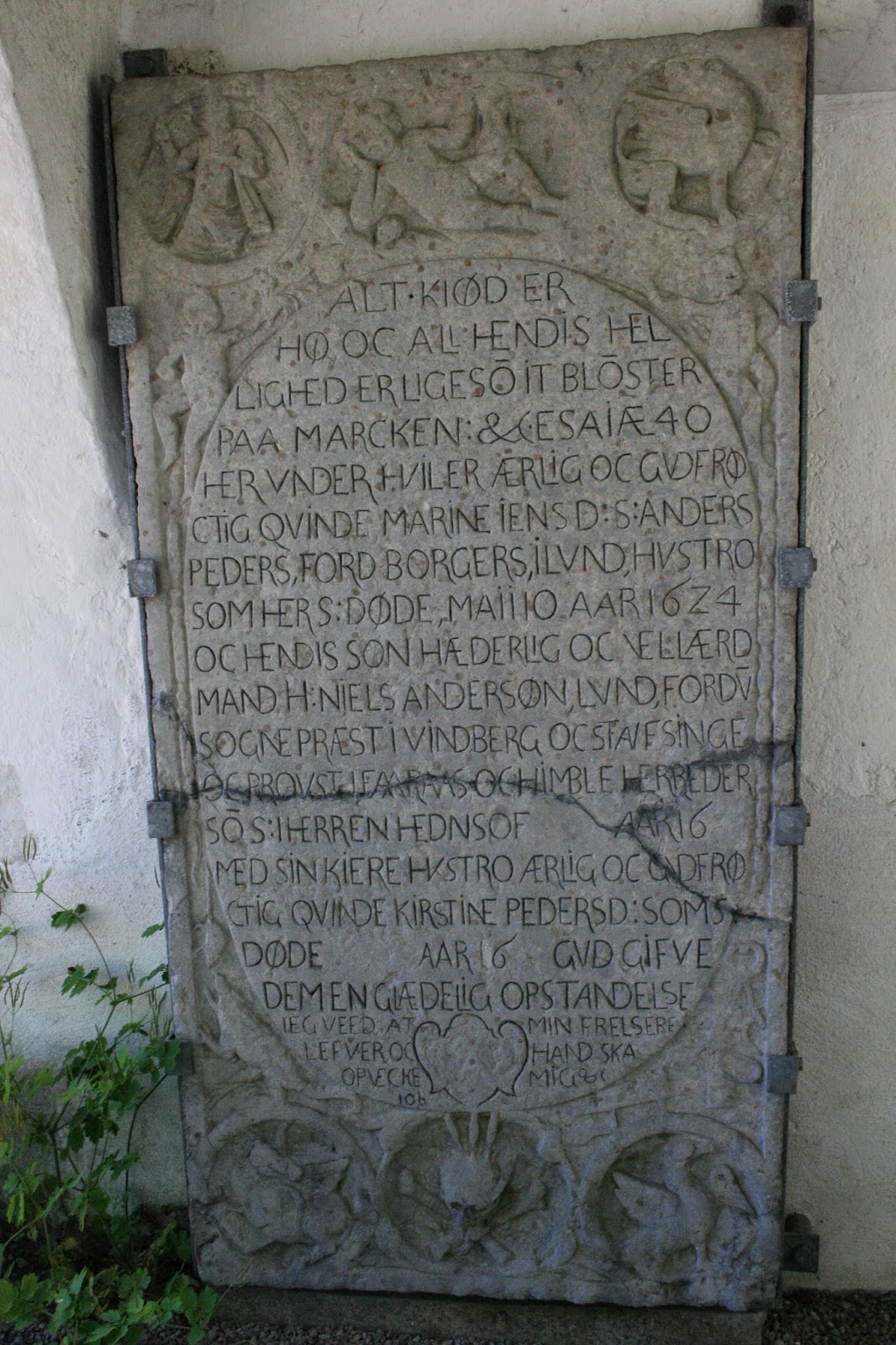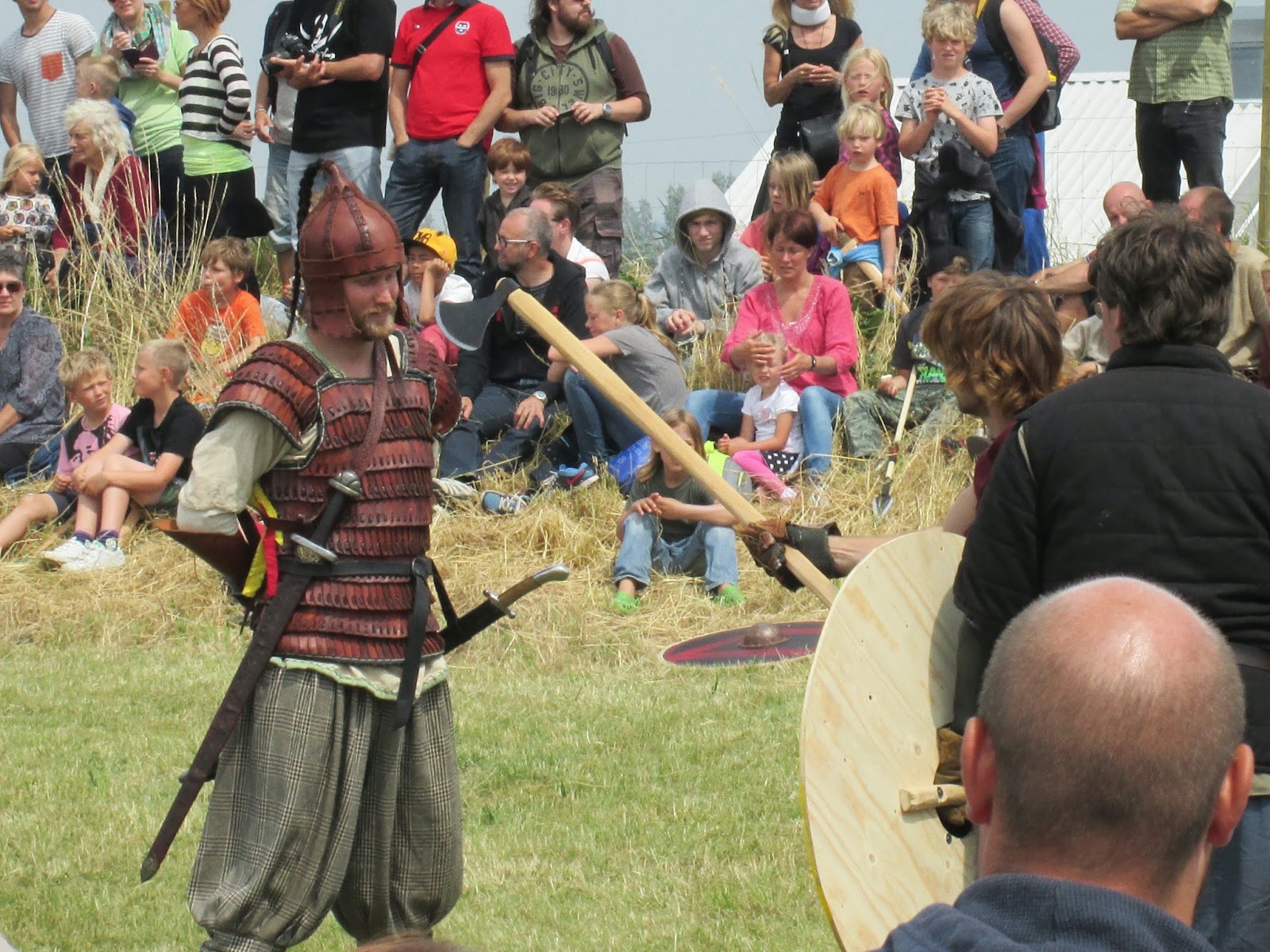Tuberculosis was a nationally widesperad disease at the beginning of the 20th century. Sanatoriums were built along the coast because it was believed that fresh air, salty baths and sun would cure the patients. In Varberg the medical officer was named Dr. J. S. Almer and he started the sanetarium at Apelviken, just south of Varberg, in 1902. Then it was very small but came to grow rapidly and when Almer died in 1927 it was the largest coastal sanatorium in Scandinavia with room for over 500 patients.
The hospital specialized in the sort of tuberculosis that people got from drinking milk that had not been pasturized. Small children were more often infected than grown ups and therefor it was mainly children who were treated at Apelviken. A vaccine was invented in the 1920's and in the 1950's the hospital closed as the last in the country.
Today the sanatorium has been turned into a health spa. It is protected since the enviroment is considered to be of cultural interest. Every thursday (at least during the summer months) a small guided tour is offered for free of the chapel, cemetary and outopsy room.
 |
The chapel.
|
 |
| Inside the chapel. |
A lot of children died at the sanatorium and not all of them were sent home. The ones buried at the cemetary are children from the most northern parts of Sweden. To send the bodies home cost too much and the parents could not afford it.
The cost of treating the patients were covered by the state, the county and the municipalities, so were the trips there and home. Some children spent years at the hospital, often in a cast when tuburculosis had gotten to the spine. Some got visits more often than others but those from the north seldom had visitors. There is a book with information about every person buried in the cemetary for those who are interested in knowing more about them.
The autopsy is right next to the cemetary. The guide explained how bodies never were moved during the day from their rooms. Instead they were transferred in the evening or early morning so that everybody would not have to see it.
 |
| Autopsy table |
 |
| Autopsy table |
 |
| Stretcher for moving corps and the guide. |
The guide grew up in the area and knew a lot of the people working at the hospital. He himself got lung-tuberculosis as a child and spent some time at another sanatorium. He had many stories about the poeple who worked and were treated at Apelviken, both sad and happy ones.
The epedemics that reached several places all over the world during the beginning of the 20th century are hard to imagine for many of us but it is still reality in some parts of the world. It was also reality for many of our ancestors and therefor part of our personal history and genealogy.
Your Swedish Heritage
http://linnlinns.wix.com/swedish-heritage
Facebook: https://www.facebook.com/yourswedishheritage
Instagram: http://instagram.com/yourswedishheritage
Twitter: https://twitter.com/swedheritage
Google +: https://plus.google.com/u/0/107062009006289990073/posts
Pinterest: http://www.pinterest.com/urswedishherita/
Blog: http://yourswedishheritage.blogspot.se/

















































